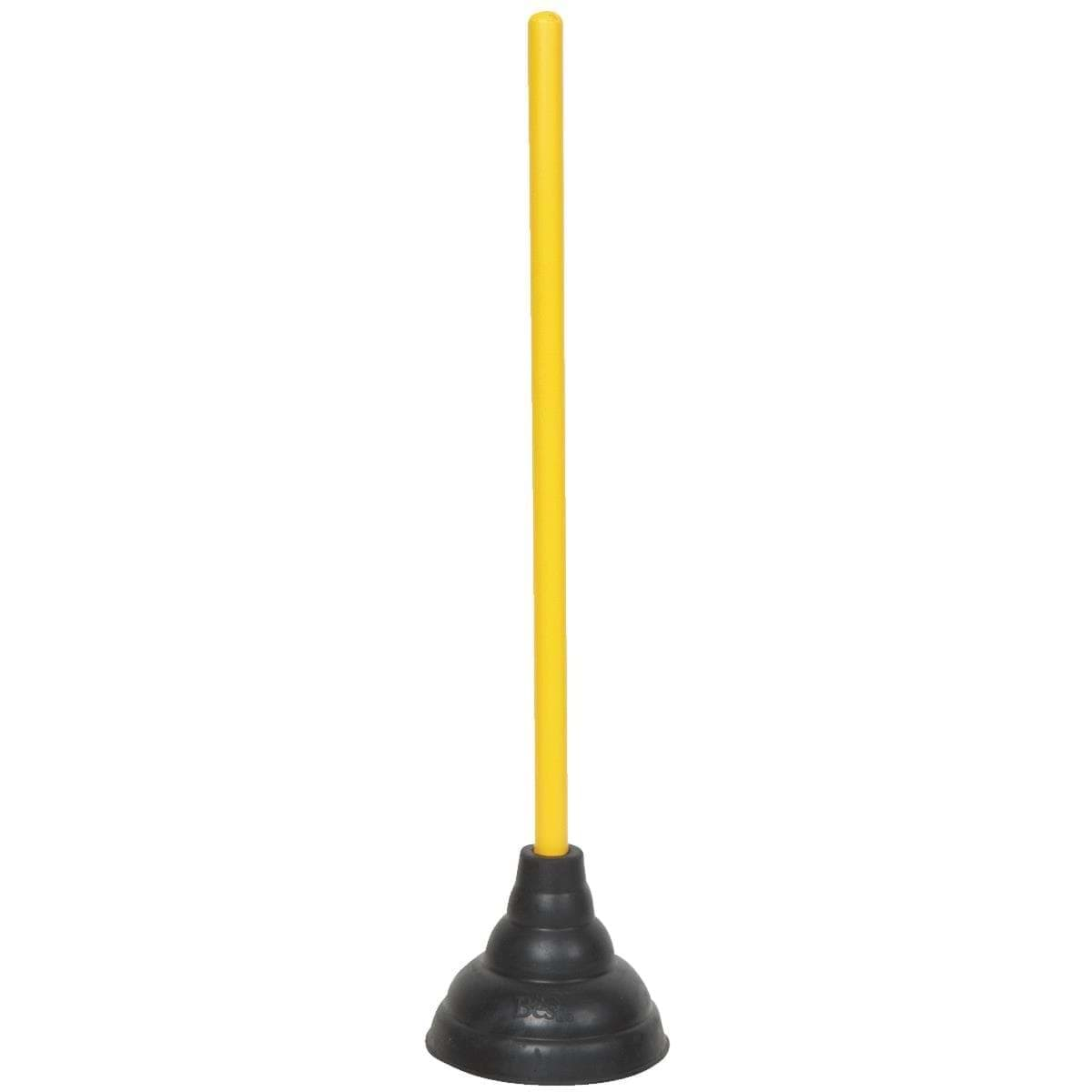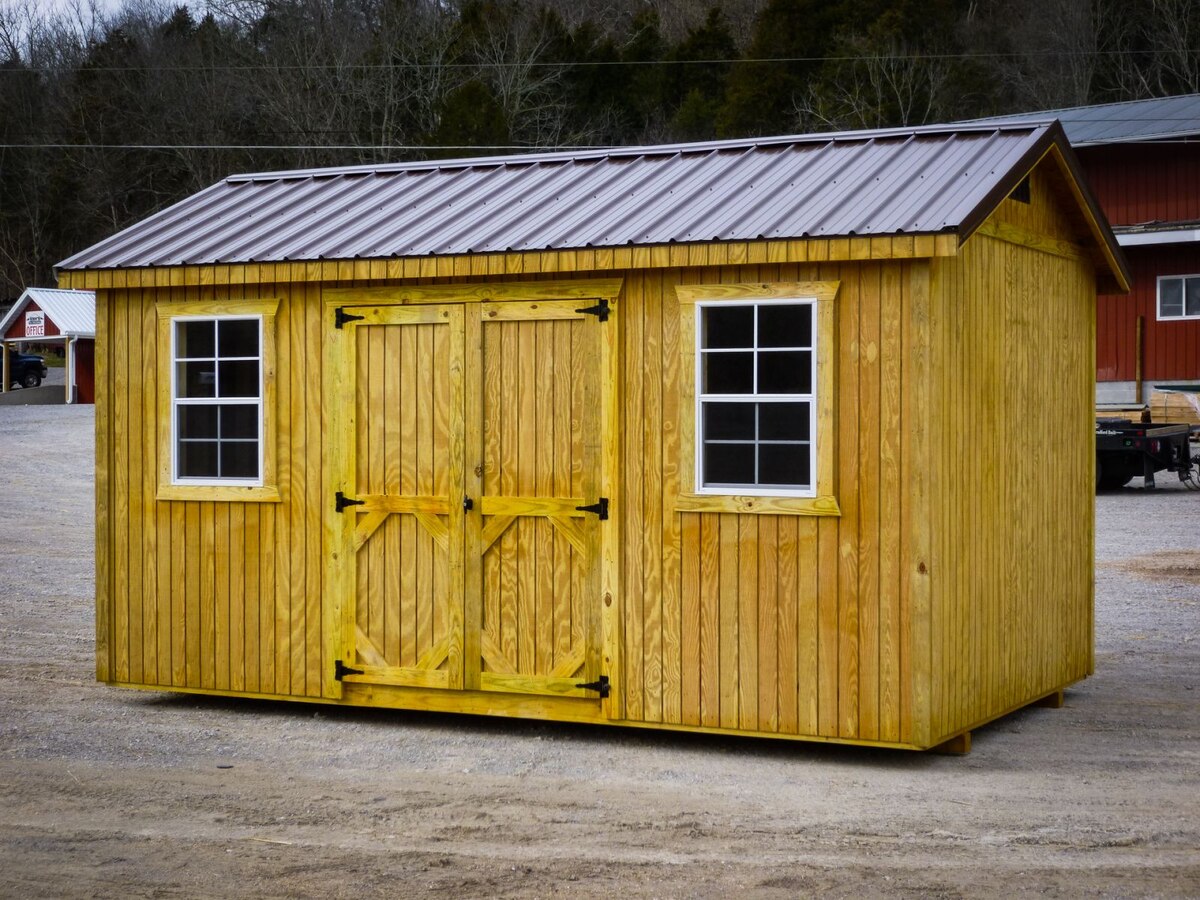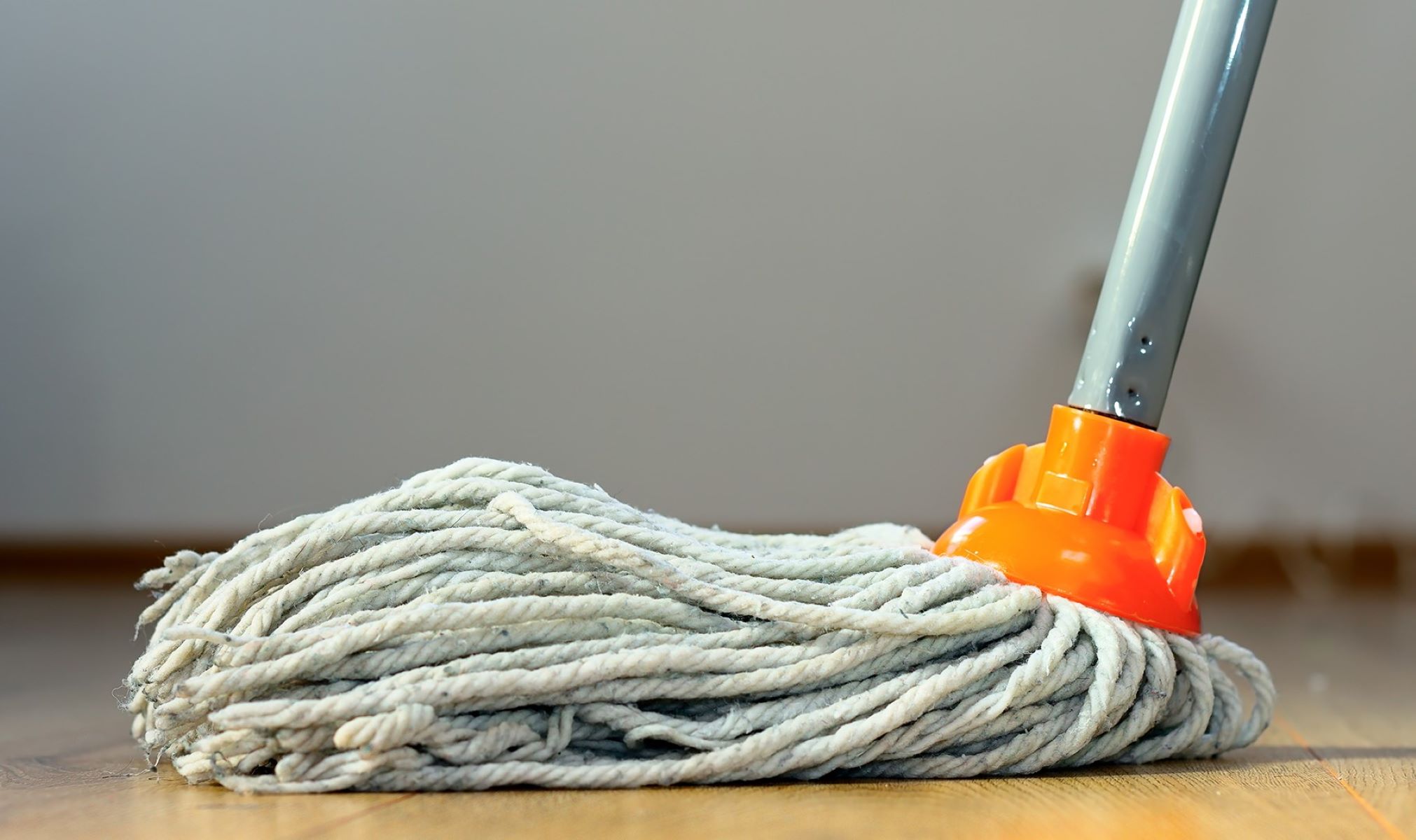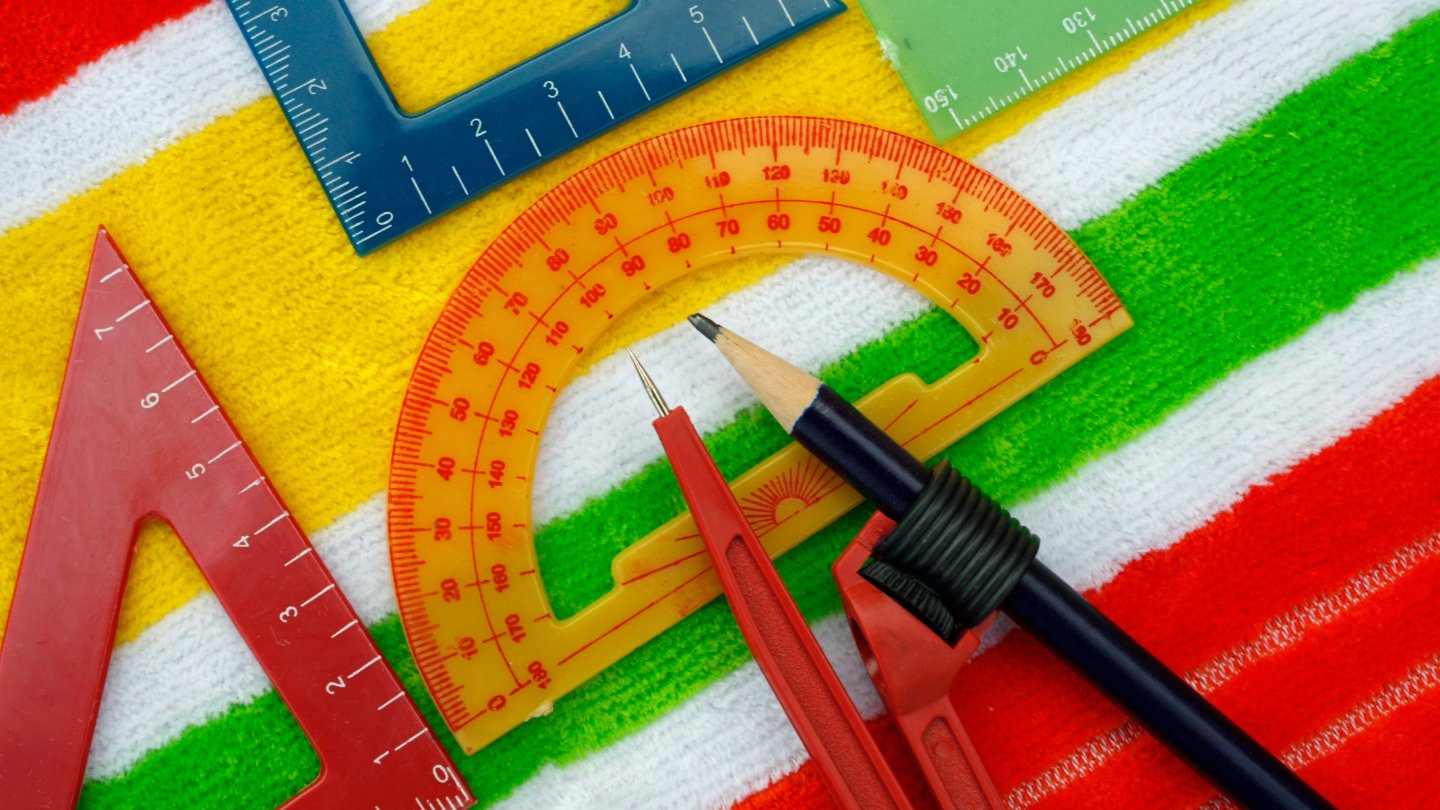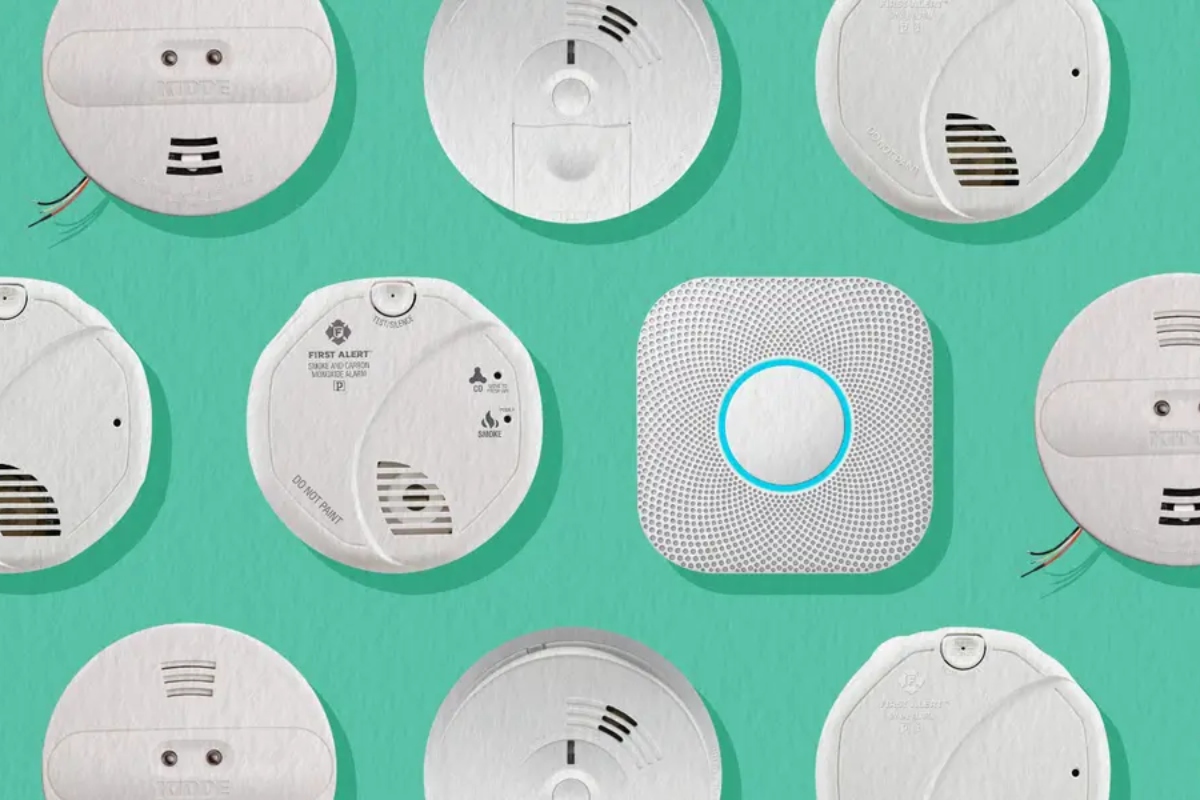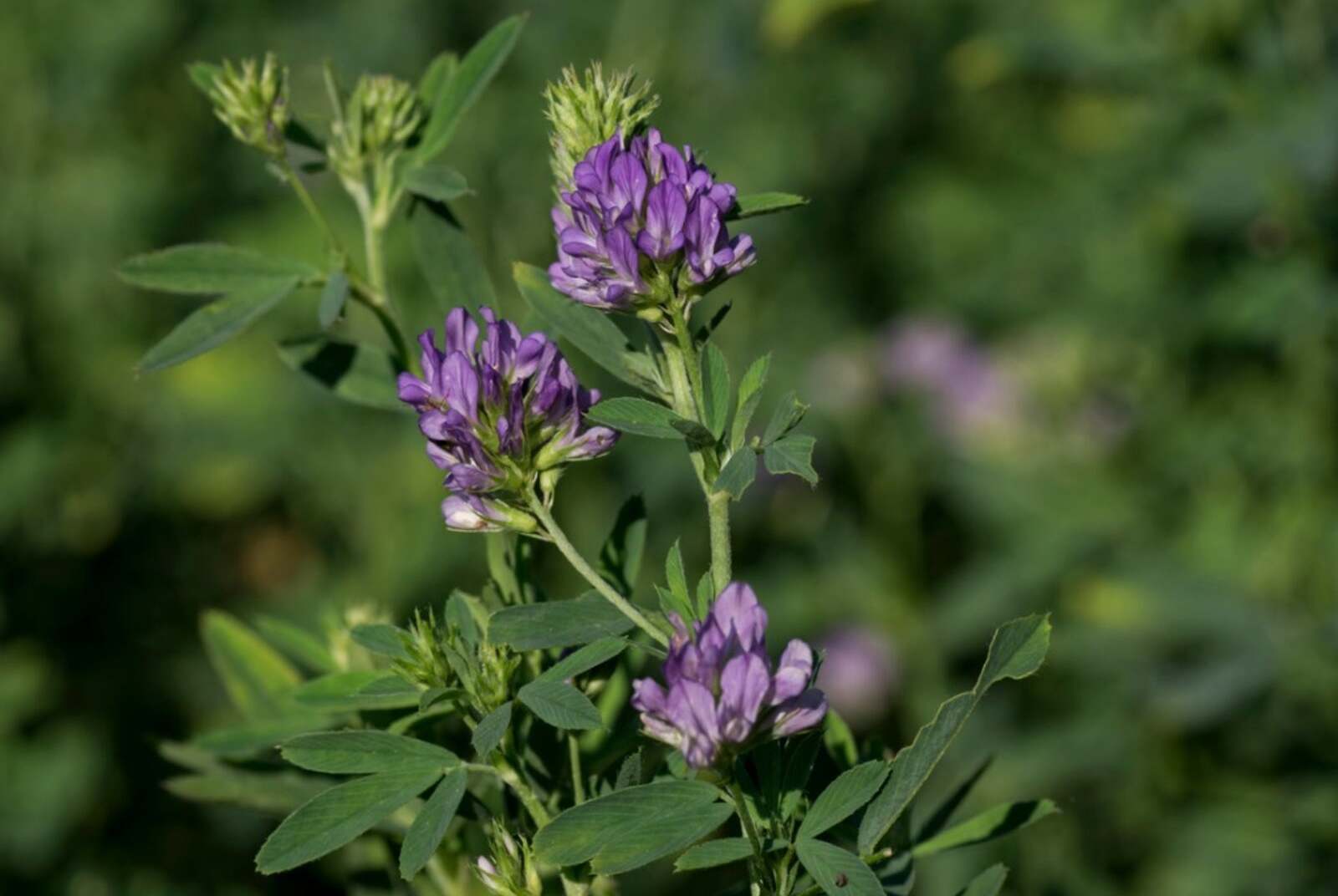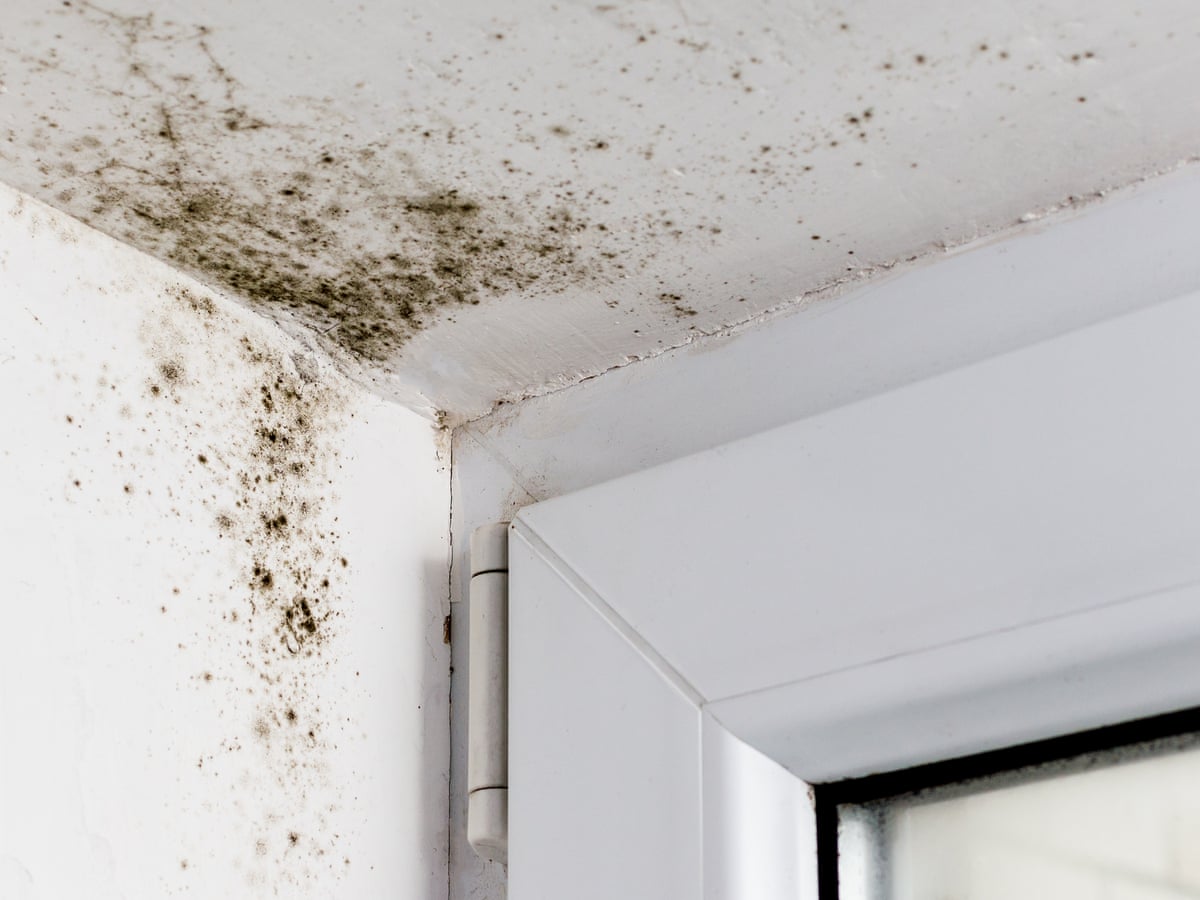Home>Home Maintenance>What Does A Roof Dryer Vent Look Like
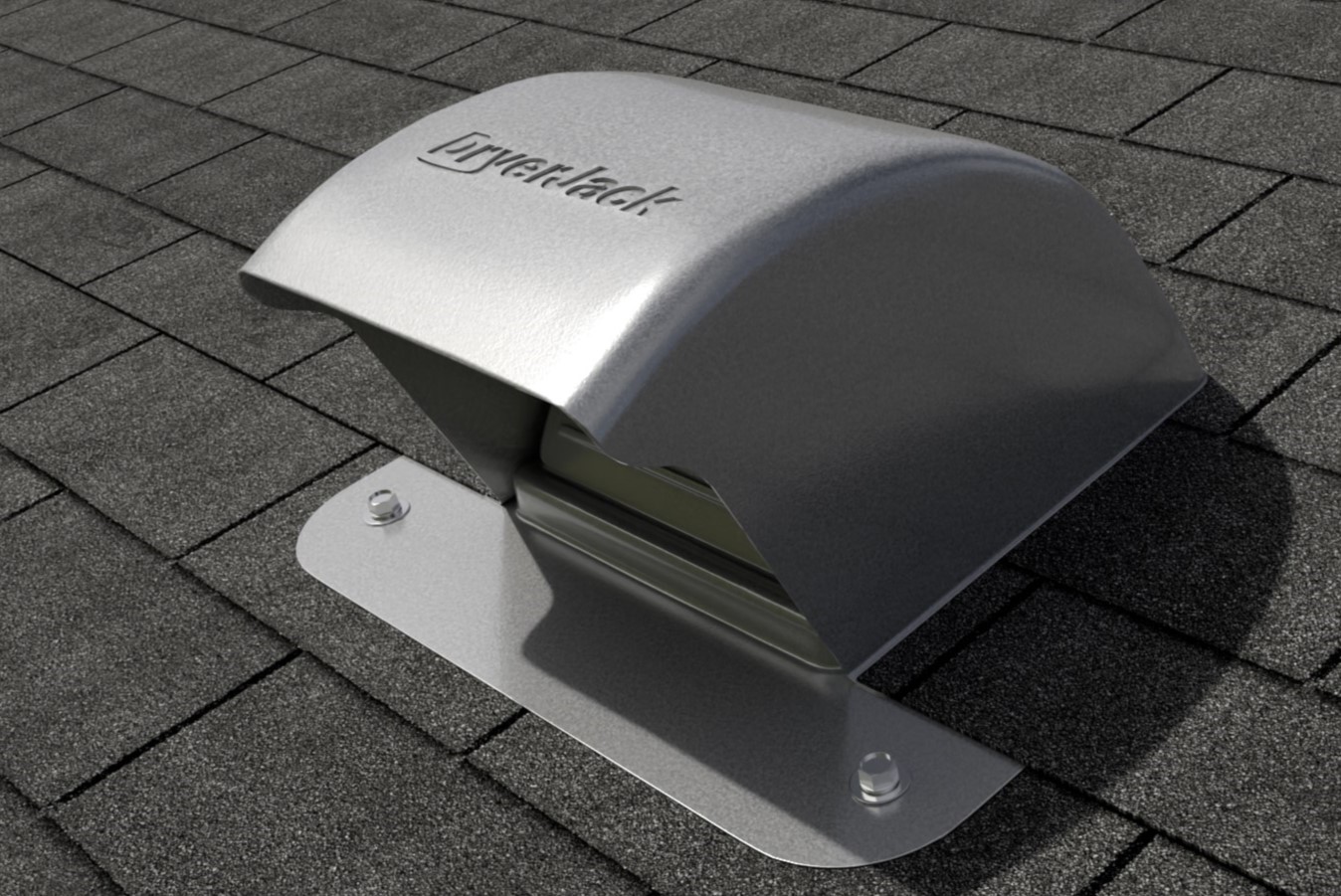

Home Maintenance
What Does A Roof Dryer Vent Look Like
Modified: March 6, 2024
Discover what a roof dryer vent looks like and why it's essential for proper home maintenance. Learn how to maintain and clean your dryer vent to prevent fire hazards.
(Many of the links in this article redirect to a specific reviewed product. Your purchase of these products through affiliate links helps to generate commission for Storables.com, at no extra cost. Learn more)
Introduction
Welcome to this comprehensive guide on roof dryer vents! Taking care of your home’s maintenance needs is crucial for the safety and well-being of your family. While you may be familiar with the importance of a dryer vent, did you know that there are specific vents designed for your roof?
Roof dryer vents serve a crucial role in keeping your home safe from potential fire hazards and maintaining proper airflow within your drying system. In this article, we will explore the purpose, appearance, components, benefits, and maintenance of roof dryer vents. By the end, you will have a better understanding of why a roof dryer vent is essential and how to choose and maintain one for your home.
So, let’s dive in and explore the world of roof dryer vents and the important role they play in maintaining a safe and efficient drying system for your home.
Key Takeaways:
- A roof dryer vent is essential for removing hot air and moisture from your dryer, preventing fire hazards, and improving energy efficiency. Regular maintenance and cleaning are crucial for its optimal performance.
- Choosing a durable and compatible roof dryer vent, and ensuring proper ventilation and safety features, can enhance the safety and efficiency of your home’s drying system. Regular inspections and professional cleaning may be necessary for optimal performance.
Read more: What Does The Outside Dryer Vent Look Like
Importance of Roof Dryer Vent
Having a properly functioning roof dryer vent is crucial for several reasons. The primary purpose of a roof dryer vent is to remove the hot air and moisture produced during the drying process. By providing an outlet for this air, it helps prevent the accumulation of moisture, which can lead to mold and mildew growth, as well as damage to your home’s structure.
One of the main concerns associated with dryer vents is the potential fire hazard they pose. Lint and debris can accumulate over time, obstructing the airflow and increasing the risk of a vent fire. The heat generated by the dryer can ignite this buildup, causing a dangerous fire in your home.
A roof dryer vent can help mitigate this risk by providing an additional layer of protection. By venting the hot air and lint through the roof, it reduces the chances of a fire starting and spreading to the rest of your home. This added safety measure can give you peace of mind, knowing that you have taken steps to protect your family and property.
In addition to reducing the risk of fires, a roof dryer vent also improves the overall efficiency of your dryer. When the hot air is not properly vented, it can result in longer drying times and increased energy consumption. By allowing for proper airflow, a roof dryer vent helps your dryer function more efficiently, saving you time and money on utility bills.
Furthermore, a roof dryer vent helps maintain a comfortable and healthy living environment. The moisture and heat from the dryer can quickly accumulate indoors, leading to increased humidity levels and potential moisture damage to your walls and ceilings. By venting this excess moisture outside, a roof dryer vent helps prevent issues such as mold growth, musty odors, and damage to your home’s interior.
Overall, investing in a quality roof dryer vent is an essential aspect of home maintenance. It not only protects your home from potential fire hazards but also improves the efficiency of your drying system and maintains a healthy indoor environment.
Understanding the Purpose of a Roof Dryer Vent
A roof dryer vent serves a specific purpose within your laundry system. Its primary function is to vent the hot air and moisture produced by your dryer to the outside of your home. By doing so, it helps maintain proper airflow and prevents the accumulation of moisture and lint within your home’s ventilation system.
When you use your dryer, hot air is generated along with the drying process. This hot air carries moisture and lint particles from your clothes. Without a vent, this air would be trapped inside your home, leading to increased humidity levels and potential moisture-related issues.
A roof dryer vent provides an outlet for this hot air, allowing it to escape outside instead of lingering indoors. This not only helps regulate moisture levels but also prevents the buildup of lint within your dryer and ventilation system.
By venting the hot air through the roof, a roof dryer vent also helps maintain the overall efficiency of your drying system. When the hot air is not properly vented, it can result in longer drying times and increased energy consumption. With a roof dryer vent in place, the hot air is swiftly and efficiently expelled from your home, resulting in shorter drying cycles and energy savings.
Additionally, a roof dryer vent plays a crucial role in fire prevention. Lint and debris can accumulate within your dryer and ventilation system over time, posing a serious fire hazard. The heat generated by the dryer can ignite this buildup, potentially leading to a devastating fire.
A roof dryer vent helps mitigate this risk by providing a way for the hot air and lint to escape outside. By venting these particles through the roof, it reduces the chances of a fire starting and spreading within your home. Regular cleaning and maintenance of your roof dryer vent are essential to ensure proper airflow and minimize the risk of fire.
To summarize, the purpose of a roof dryer vent is to vent the hot air and moisture produced by your dryer to the outside of your home. It helps maintain proper airflow, prevents moisture buildup, improves the efficiency of your drying system, and reduces the risk of fire. Understanding the purpose of a roof dryer vent is crucial for the safe and efficient operation of your laundry system.
Components of a Roof Dryer Vent
A roof dryer vent is composed of several key components that work together to ensure proper ventilation and airflow. Understanding these components can help you make informed decisions when choosing and maintaining your roof dryer vent.
- Vent Hood: The vent hood is the external component of the roof dryer vent. It is usually made of durable material, such as aluminum or plastic, and is designed to withstand various weather conditions. The vent hood is installed on the roof and serves as the point of exit for the hot air and moisture from the dryer.
- Duct Pipe: The duct pipe connects the dryer to the vent hood on the roof. It is typically made of aluminum or flexible plastic, allowing for easy installation and flexibility. The duct pipe serves as the pathway for the hot air and lint to flow from the dryer to the vent hood.
- Bird and Pest Guard: To prevent birds and pests from entering the roof dryer vent, a bird and pest guard is installed over the vent hood. This component has small openings that allow the air to flow freely while keeping out unwanted visitors.
- Flashing: Flashing is a metal or plastic component that provides a watertight seal between the vent hood and the roof. It prevents water from entering the vent system and causing damage to your home’s structure. Flashing is crucial for maintaining the integrity of your roof and preventing leaks.
- Dampers: Some roof dryer vents are equipped with dampers, which are flaps or valves that open and close to regulate airflow. Dampers help prevent backdrafts, where air from outside enters the vent system, by closing when the dryer is not in use and opening when it is running. This helps maintain proper airflow and prevents cold drafts from entering your home through the vent.
These components work together to ensure that your roof dryer vent functions effectively and efficiently. It is important to regularly inspect and maintain these components to ensure proper airflow, prevent obstructions, and minimize the risk of fire or other issues related to venting.
Now that you have an understanding of the components that make up a roof dryer vent, you can make informed decisions when choosing a vent and properly maintaining it to ensure the longevity and safety of your home’s drying system.
Appearance of a Roof Dryer Vent
The appearance of a roof dryer vent can vary depending on the specific model and design you choose. However, there are some common features and characteristics that you can expect to see.
The most visible component of a roof dryer vent is the vent hood, which is typically located on the roof surface. The vent hood is usually made of durable materials, such as aluminum or plastic, and is designed to withstand the elements. It may have a low-profile design to seamlessly blend with the roofline or a more distinct shape depending on the manufacturer’s design.
You may notice that the vent hood has small openings or louvers. These openings allow the hot air and moisture to escape while preventing pests and debris from entering the vent system. The size and shape of these openings vary depending on the specific model and design, but their primary purpose is to provide adequate ventilation while protecting against potential obstructions.
Another common feature you may find on a roof dryer vent is a bird and pest guard. This component is designed to keep birds, rodents, and other pests from entering the vent system. It typically consists of a mesh or grill-like structure that covers the vent hood openings, allowing air to flow freely while keeping pests out.
The appearance of the duct pipe, which connects the dryer to the vent hood, may be visible from the exterior if it is exposed. The duct pipe is usually made of aluminum or flexible plastic and can be installed in a straight line or follow a specific path to reach the vent hood. It is important to ensure that the duct pipe is properly installed, insulated if necessary, and free from any kinks or obstructions to maintain proper airflow.
Additionally, you may notice flashing around the vent hood area. Flashing is a metal or plastic component that provides a watertight seal between the vent hood and the roof. It helps prevent water from entering the vent system and causing damage to your home’s interior. Flashing is typically installed flush with the roof surface to ensure a seamless appearance.
Overall, the appearance of a roof dryer vent is designed to be functional, durable, and visually appealing. While the specific details may vary, it is important to choose a vent that complements the overall aesthetic of your home while fulfilling its purpose of effectively venting hot air and moisture from your dryer.
A roof dryer vent looks like a small, usually metal, pipe sticking out of the roof. It may have a cap on top to prevent debris from getting inside.
Read more: What Does Roof Hail Damage Look Like
Common Features of Roof Dryer Vents
Roof dryer vents come in various styles and models, but there are several common features that you can expect to find in most vent options. These features are designed to enhance the functionality and safety of your dryer vent system.
- Durable Materials: Roof dryer vents are typically constructed from durable materials such as aluminum or plastic. These materials are weather-resistant and able to withstand the elements, ensuring long-lasting performance.
- Bird and Pest Guards: To prevent birds, rodents, and other pests from entering the vent system, many roof dryer vents are equipped with bird and pest guards. These guards have small openings that allow for adequate ventilation while keeping unwanted visitors out.
- Flashing: Flashing is a crucial feature of roof dryer vents, as it creates a watertight seal between the vent hood and the roof. This prevents water from entering the vent system and causing damage to your home’s interior.
- Dampers: Some roof dryer vents come with dampers, which are flaps or valves that open and close to regulate airflow. Dampers help prevent backdrafts by closing when the dryer is not in use, and opening when it is running, ensuring proper ventilation and minimizing the risk of cold drafts entering your home.
- Aesthetic Design: While the primary focus of a roof dryer vent is functionality, many models also offer aesthetically pleasing designs. They are often designed to blend in seamlessly with the roofline, ensuring that the vent does not detract from the overall appearance of your home.
- Ease of Installation: Roof dryer vents are designed for easy installation, with clear instructions and materials included. The components are typically lightweight and easy to position on the roof, making the installation process more convenient.
- Cleaning Access: Some roof dryer vents feature removable parts or access panels, making it easier to clean and maintain the vent system. Regular cleaning is essential to prevent lint buildup and ensure proper airflow.
It’s important to note that while these features are common, not all roof dryer vents may have the same specifications. It’s essential to choose a vent that meets your specific needs and is compatible with your dryer and roofing system.
By understanding the common features of roof dryer vents, you can make an informed decision when selecting a vent for your home. Remember to prioritize functionality, durability, and compatibility with your dryer system to ensure a safe and efficient ventilation process for your laundry routine.
Benefits of Installing a Roof Dryer Vent
Installing a roof dryer vent in your home offers several significant benefits. Let’s explore these advantages to understand why it is a valuable addition to your laundry system.
- Fire Prevention: One of the most crucial benefits of a roof dryer vent is its role in fire prevention. Lint and debris can accumulate in your dryer and ventilation system over time, increasing the risk of a fire. A roof dryer vent allows the hot air and lint to be safely expelled outside, reducing the chances of a fire starting and spreading within your home.
- Improved Airflow: Proper airflow is essential for your dryer to function efficiently. By installing a roof dryer vent, you ensure that hot air and moisture are effectively vented outside. This helps improve the airflow within your drying system, resulting in shorter drying times and increased energy efficiency.
- Reduced Humidity and Moisture: When the hot air and moisture from your dryer are not properly vented, they can accumulate indoors, leading to increased humidity levels. Excessive humidity can cause mold growth, musty odors, and damage to your walls and ceilings. A roof dryer vent removes this excess moisture, helping maintain a comfortable and healthy living environment.
- Energy Savings: A well-ventilated dryer system allows for more efficient operation, which can lead to energy savings. With a roof dryer vent, your dryer can expel hot air more effectively, resulting in shorter drying cycles and reduced energy consumption. This translates to cost savings on your utility bills in the long run.
- Extended Lifespan of Dryer: Proper ventilation is crucial for the longevity of your dryer. When hot air and moisture are not adequately vented, it can put additional strain on the machine. By installing a roof dryer vent, you protect your dryer from excessive heat and moisture, ultimately extending its lifespan and reducing the need for repairs or replacements.
- Safer Indoor Air Quality: A properly functioning roof dryer vent improves the overall indoor air quality of your home. By venting the hot air and lint outside, it reduces the potential for allergens and pollutants to circulate within your living spaces. This is especially important for individuals with respiratory issues or allergies.
- Compliance with Safety Standards: Many building codes and safety regulations require the installation of a roof dryer vent. By complying with these standards, you ensure that your home meets safety requirements and may even enhance its resale value.
From fire prevention to energy savings and improved indoor air quality, the benefits of installing a roof dryer vent are significant. This simple addition to your laundry system can provide peace of mind, efficiency, and a safer environment for you and your family.
Factors to Consider When Choosing a Roof Dryer Vent
When selecting a roof dryer vent for your home, there are several important factors to consider. Taking the time to evaluate these factors will ensure that you choose a vent that meets your specific needs and provides optimal performance. Let’s explore the key factors to consider:
- Ventilation Efficiency: Ensure that the roof dryer vent you choose is designed for efficient ventilation. Look for models that promote proper airflow to expel hot air and moisture effectively. Consider vents with larger openings or louvers to allow for better airflow.
- Durability: Opt for roof dryer vents made from durable materials such as aluminum or plastic. These materials can withstand various weather conditions and prolong the lifespan of your vent. Additionally, look for vents that are resistant to corrosion and UV damage to ensure long-term durability.
- Compatibility: Consider the compatibility of the roof dryer vent with your existing dryer and ventilation system. Ensure that the vent is compatible with the size and type of your dryer’s exhaust pipe. It should also be compatible with the roofing material and pitch of your roof to ensure a proper and secure installation.
- Design and Aesthetics: While functionality is crucial, consider the design and aesthetics of the roof dryer vent. Look for vents that complement the overall appearance of your home and blend well with the roofline. Low-profile designs or models that match your roofing material can help maintain a cohesive and visually pleasing exterior.
- Installation Ease: Evaluate the installation process of the roof dryer vent. Look for vents that come with clear instructions and all the necessary installation components. Consider vents that are lightweight and easy to position on the roof, as this can simplify the installation process.
- Maintenance and Cleaning: Regular maintenance and cleaning are essential for optimal vent performance. Consider vents that are designed with easy access for cleaning purposes, such as removable parts or access panels. This will make routine maintenance simpler and ensure proper airflow.
- Safety Features: Look for roof dryer vents that incorporate safety features such as bird and pest guards. These guards prevent unwanted visitors from accessing the vent system while still allowing for proper airflow. Additionally, consider vents with built-in dampers to prevent backdrafts and maintain consistent airflow.
- Compliance with Building Codes: Ensure that the roof dryer vent you choose complies with local building codes and safety regulations. This ensures that your installation meets safety requirements and may be a factor in compliance inspections or future home inspections.
By considering these factors when selecting a roof dryer vent, you can choose a model that offers efficient ventilation, durability, compatibility, and meets your aesthetic preferences. Taking the time to evaluate these factors will help ensure that your chosen roof dryer vent performs optimally and provides long-lasting satisfaction.
Maintenance and Cleaning of Roof Dryer Vents
Maintaining and cleaning your roof dryer vent is essential to ensure optimal performance, prevent fire hazards, and maintain a safe and efficient drying system. Here are some important steps to follow when it comes to the maintenance and cleaning of your roof dryer vent:
- Regular Inspection: Conduct regular visual inspections of your roof dryer vent to check for any signs of damage, blockage, or buildup. Look for debris, bird nests, or other obstructions that might restrict airflow. If you notice any issues, address them promptly.
- Cleaning Schedule: Establish a regular cleaning schedule for your roof dryer vent. It is recommended to clean the vent at least once a year, but depending on usage and environmental factors, you may need to clean it more frequently. Consider scheduling cleanings before the start of each season or during your routine home maintenance checks.
- Disconnect the Dryer: Before you begin cleaning, disconnect the dryer from the power source to ensure your safety. Unplug the dryer or turn off the breaker connected to it.
- Remove Lint Buildup: Start by removing any visible lint buildup from the vent hood and the surrounding area. Use a brush or vacuum attachment to gently clean away lint and debris. Be thorough and ensure all visible lint is removed to avoid potential fire hazards.
- Clear the Vent Pipe: Next, clear the vent pipe connecting the dryer to the vent hood on the roof. Remove the duct pipe from both ends and inspect it for any blockage. Use a brush or a specially-designed vent cleaning brush to remove any lint or debris lodged inside the pipe.
- Check the Vent Hood: Inspect the vent hood on the roof for any obstruction or damage. Ensure that the bird and pest guard is intact and functioning properly. Remove any buildup of debris or blockage that may hinder proper airflow. Use a brush or your hand to clear away any debris.
- Reassemble and Test: Once you have thoroughly cleaned the vent pipe and vent hood, reassemble the components. Ensure that the duct pipe is securely connected to both the dryer and the vent hood. Once everything is reassembled, plug the dryer back in and run a test cycle to ensure proper airflow.
- Consider Professional Cleaning: If you are not comfortable or confident in performing the maintenance and cleaning yourself, consider hiring a professional to clean your roof dryer vent. Professional cleaning services have specialized tools and expertise to ensure a thorough cleaning and inspection.
Remember, neglecting the maintenance and cleaning of your roof dryer vent can lead to reduced efficiency, increased energy consumption, and higher risk of fire. By following these maintenance steps and keeping your roof dryer vent clean, you can ensure a safe and efficient drying system for your home.
Read more: What Does A Gable Look Like?
Conclusion
In conclusion, a roof dryer vent is a vital component of your home’s drying system. It serves to remove hot air and moisture from your dryer, preventing the accumulation of lint, reducing the risk of fires, and improving the overall efficiency of your drying process. By venting the hot air and moisture outside, a roof dryer vent helps maintain a healthy indoor environment, prevents mold growth, and reduces energy consumption.
When choosing a roof dryer vent, consider factors such as ventilation efficiency, durability, compatibility, design, ease of installation, and maintenance requirements. Select a vent that meets your specific needs and is compatible with your existing dryer and roofing system.
To ensure proper functionality and safety, it is crucial to regularly inspect, clean, and maintain your roof dryer vent. Clear away any lint or debris that has accumulated in the vent pipe and vent hood. Conduct visual inspections to check for damage or obstructions. Follow a cleaning schedule and establish a routine to keep your vent clean and free from blockages. And remember to disconnect power before performing any maintenance or cleaning tasks.
By investing in a quality roof dryer vent and maintaining it properly, you can benefit from improved ventilation, reduced fire risk, increased energy efficiency, and a healthier living environment. Keeping your roof dryer vent in good condition not only ensures the safety and efficiency of your drying system, but also contributes to the overall well-being of your home and family.
Remember, if you are unsure about performing any maintenance or cleaning tasks yourself, it is always best to seek professional assistance. Professionals have the knowledge, experience, and tools to ensure a thorough cleaning and inspection of your roof dryer vent.
By understanding the importance, purpose, components, appearance, and benefits of a roof dryer vent, as well as the factors to consider when choosing and maintaining one, you can make informed decisions to enhance the safety and efficiency of your home’s drying system. Taking proper care of your roof dryer vent will not only protect your home and family, but it will also prolong the lifespan of your dryer and contribute to a healthier living environment.
Frequently Asked Questions about What Does A Roof Dryer Vent Look Like
Was this page helpful?
At Storables.com, we guarantee accurate and reliable information. Our content, validated by Expert Board Contributors, is crafted following stringent Editorial Policies. We're committed to providing you with well-researched, expert-backed insights for all your informational needs.


